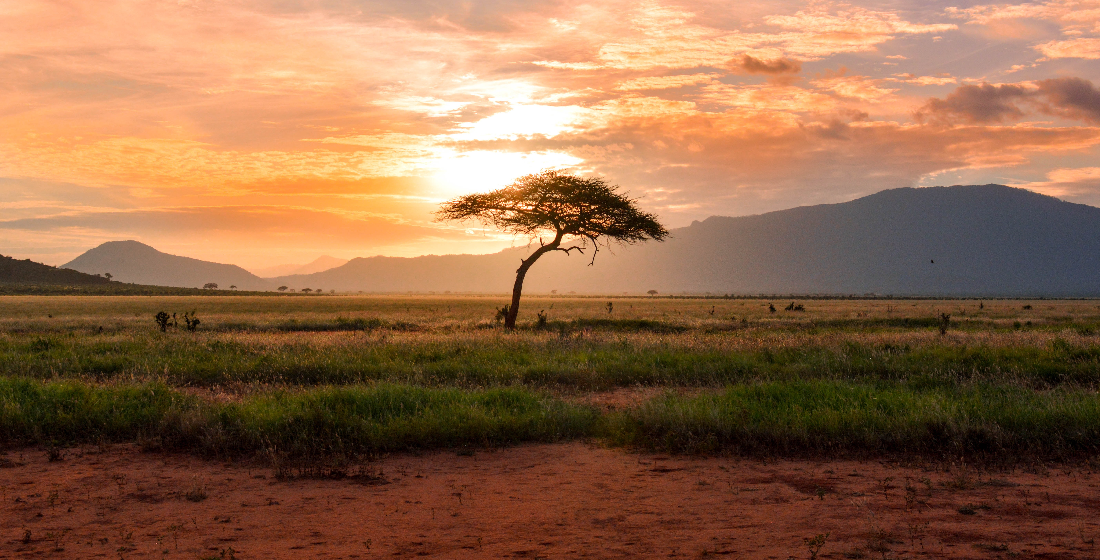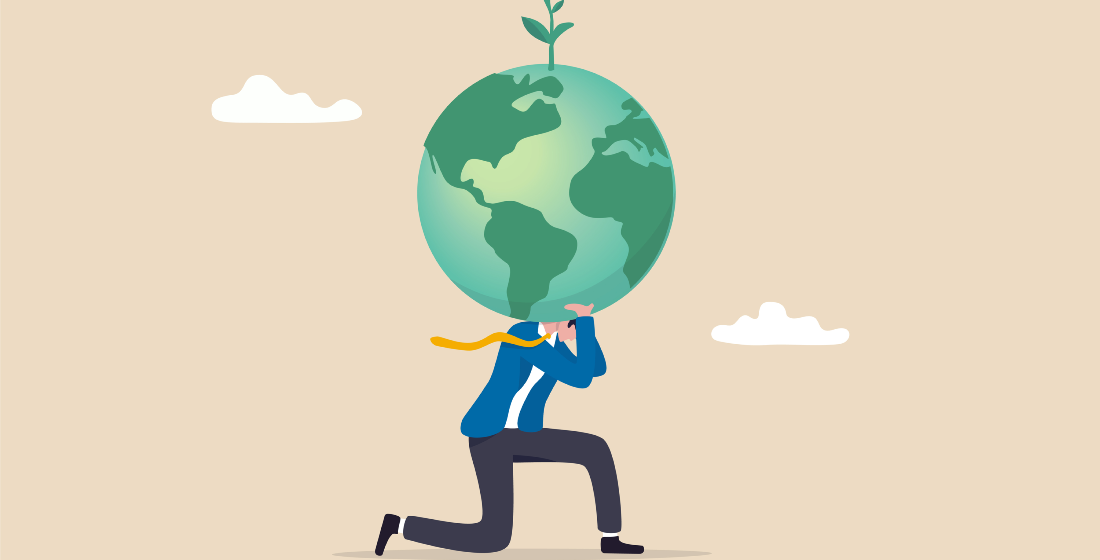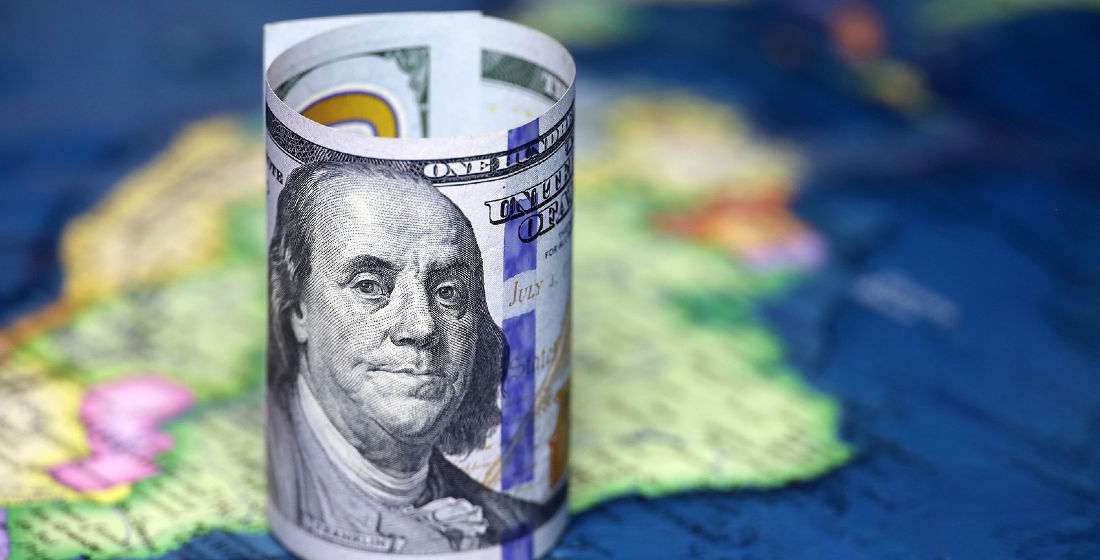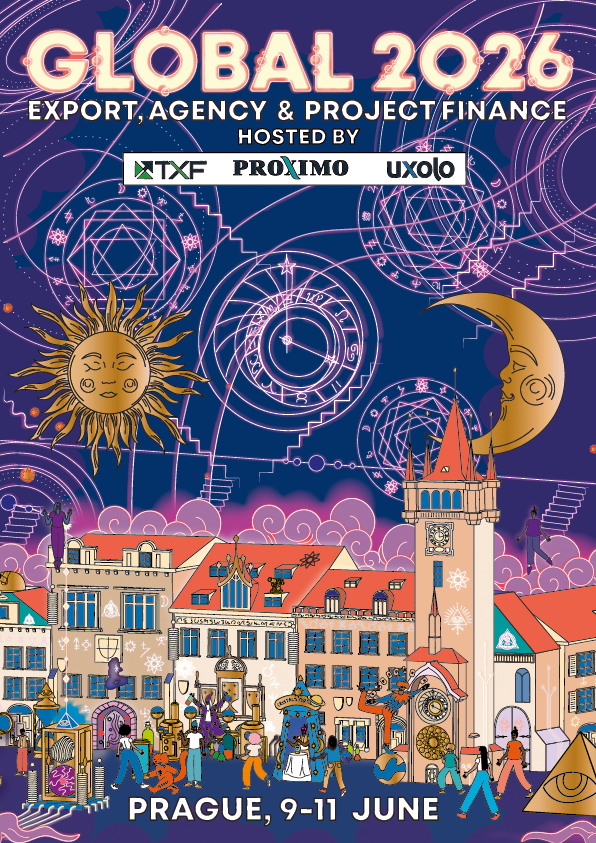DFIs bolster Africa’s Great Green Wall
At last month’s One Planet Summit for Biodiversity, the likes of the EIB, AfDB, AFD, and World Bank committed a total $14.3 billion of new climate finance to the groundbreaking Great Green Wall initiative in the Sahel.

The ambitious Great Green Wall for the Sahel and Sahara Initiative (GGW) last month received $14.3 billion in new funding, with the World Bank, the European Investment Bank (EIB), the African Development Bank (AfDB), and Agence Francaise de Development (AFD) all pledging new climate-finance commitments. The funding will fast-track efforts to restore the region’s degrading land and biodiversity, as well as create green jobs and build resilience for the Sahelian people.
French President Emmanuel Macron announced the new funding at the virtual One Planet Summit for Biodiversity co-organised by France, the United Nations and World Bank. The Great Green Wall Accelerator will contribute toward the $33 billion of funding needed to complete the wider GGW initiative by 2030.
Maria Sarraf, the World Bank’s practice manager for the Environment, Natural Resources and the Blue Economy in West Africa, explains: “At the summit, donors pledged around $14 billion between 2020-2025. We were asked to narrow down our investment to a specific geographic area of the Great Green Wall, and to provide our investment in four pillars: agriculture, land restoration, climate-resilient infrastructure, and access to energy.”
What is the Great Green Wall?
In recent decades, climate change has led to extreme temperatures, fluctuating rainfall and drought in the Sahel, a region home to 250 million people living across 11 countries.
An African-led initiative launched in 2007, the GGW Initiative is a plan is to plant an 8,000-kilometre-long and 15-kilometre-wide mosaic of trees, grasslands, vegetation and plants across the Sahara and Sahel that can restore the degraded lands and help the region's inhabitants produce adequate food, create jobs and maintain peace. The GGW snakes along the southern margin of Africa’s Sahara Desert running from the Atlantic coast to the Red Sea.
A lack of finance has been the project’s major constraint to realising its goal of creating 10 million jobs, sequestering 250 million tonnes of carbon and restoring 100 million hectares of degraded land in the region.
“At the One Planet Summit, the scope of the initiative was expanded,” says Sarraf. “Initially, it was about reforestation and trying to restore the land, but that was expanded to include food security and the improvement of local people’s livelihoods—so that means improving access to sanitation, access to health services, jobs, energy, etc.”
DFIs mobilise
The AfDB pledged to mobilise up to $6.5 billion over the next five years, drawing on internal as well as external sources of funding—such as the Sustainable Energy Fund for Africa (SEFA) and the Green Climate Fund (GCF), among other sources. The multilateral development bank (MDB) has made the region a priority; the bank’s Desert-to-Power programme will build the largest solar power zone in the world, aiming to make available $2 billion for GGW projects that will provide electricity to the region.
Another of AfDB’s initiatives that will target GGW projects is the Technologies for African Transformation (TAAT) programme, which aims to raise food output in Africa by 100 million tonnes and lift 40 million people out of poverty by 2025 by harnessing high-impact, proven technologies to raise productivity, mitigate risks and promote diversification and processing. TAAT, for example, has provided Sudanese farmers access to heat-tolerant maize.
The EIB pledged an extra €1 billion of new financial and technical support to back sustainable agriculture, clean energy, water, infrastructure and private-sector financing in the GGW region. The EU bank is currently supporting projects to address land degradation and enhance access to finance by rural communities and small holders in Mali and Ethiopia, and to redress and prevent soil erosion in Nigeria. As the world’s largest supranational bond issuer, the bank also said it would start including biodiversity in the eligibility of the EIB Sustainable Awareness Bonds. And AFD also committed an extra €600 million to the region, promising to pay particular attention to biodiversity conservation in the implementation of development projects in the water, sanitation, agriculture and agro-ecology sectors.
A new investment programme has also been launched to support Sahelian governments through a climate-finance partnership between the Green Climate Fund (GCF) and the International Fund for Agricultural Development (IFAD). IFAD and other GCF-accredited entities will submit projects for funding consideration to the GCF’s board under the new Great Green Wall Umbrella Programme (GGW Up). IFAD will lead the set up of the programme and ensure its coordination with other partners, with the projects aiming to restore ecosystems and tackle the interlinked issues of climate change, job creation, poverty alleviation, food security and peacebuilding. The programme aims to leverage up to $1 billion in multi-partner resources for the GGW in 2021 and 2022.
Only $270 to restore a hectare of land
As one of most prolific climate financiers in the Sahel, the World Bank’s landscape investments in the region over the past eight years has placed 1.6 million hectares under sustainable land management, benefitted more than 19 million people. The bank now plans to invest another $5.6 billion in the region over the next five years, financing projects relating to agriculture, biodiversity, community development, food security, landscape restoration, job creation, resilient infrastructure, rural mobility, and access to renewable energy.
“It’ll be made up of a blend of financing instruments,” explains Sarraf. “It will all be IDA financing, which is either grants (which will make up a small part of this funding package) or concessional lending (which will be the majority).” Concessional lending for IDA (International Development Association) countries comes at a low interest rate, typically between 0.5%-1.5%, and equipped with a 40-year tenor and 10-year grace period. “We also have the Global Environment Facility (GEF), which usually provides grants. And part of it will be from trust funds that we manage on behalf of donors—in this case, we’re managing funds for Germany in our joint PROGREEN fund. And there are strong efforts being made to get more private-sector funding involved, particularly by the IFC (International Finance Corporation).” PROGREEN will invest $14.5 million in land restoration projects in five Sahelian countries: Burkina Faso, Chad, Niger, Mali, Mauritania.
The United Nations Convention to Combat Desertification (UNCCD) has been tasked with coordinating the different donors efforts under the GGW Accelerator. “[But] at the country and project level, we’re all responsible for coordinating and collaborating with other donors working on the ground,” says Sarraf. “For example, we work with the AFD in Chad to make sure that we don’t overlap and that we’re working in areas that best suit our individual expertise and strengths.”
Since 2012, the World Bank has provided support to the GGW initiative through its Sahel and West Africa Programme (SAWAP). The programme has provided 12 countries with $1.3 billion of funding: $100 million in grants and $1.2 billion in loans. “What we’ve learned since we started this work in the region is that it’s really not very expensive to do land restoration,” says Sarraf. “The average cost per hectare of land restored was only about $270. When you restore the land, you make it fertile again, you make the ecosystem liveable again; so any DFIs or donors wondering about whether to get involved in the Great Green Wall initiative should know that their money could go a very long way.”





